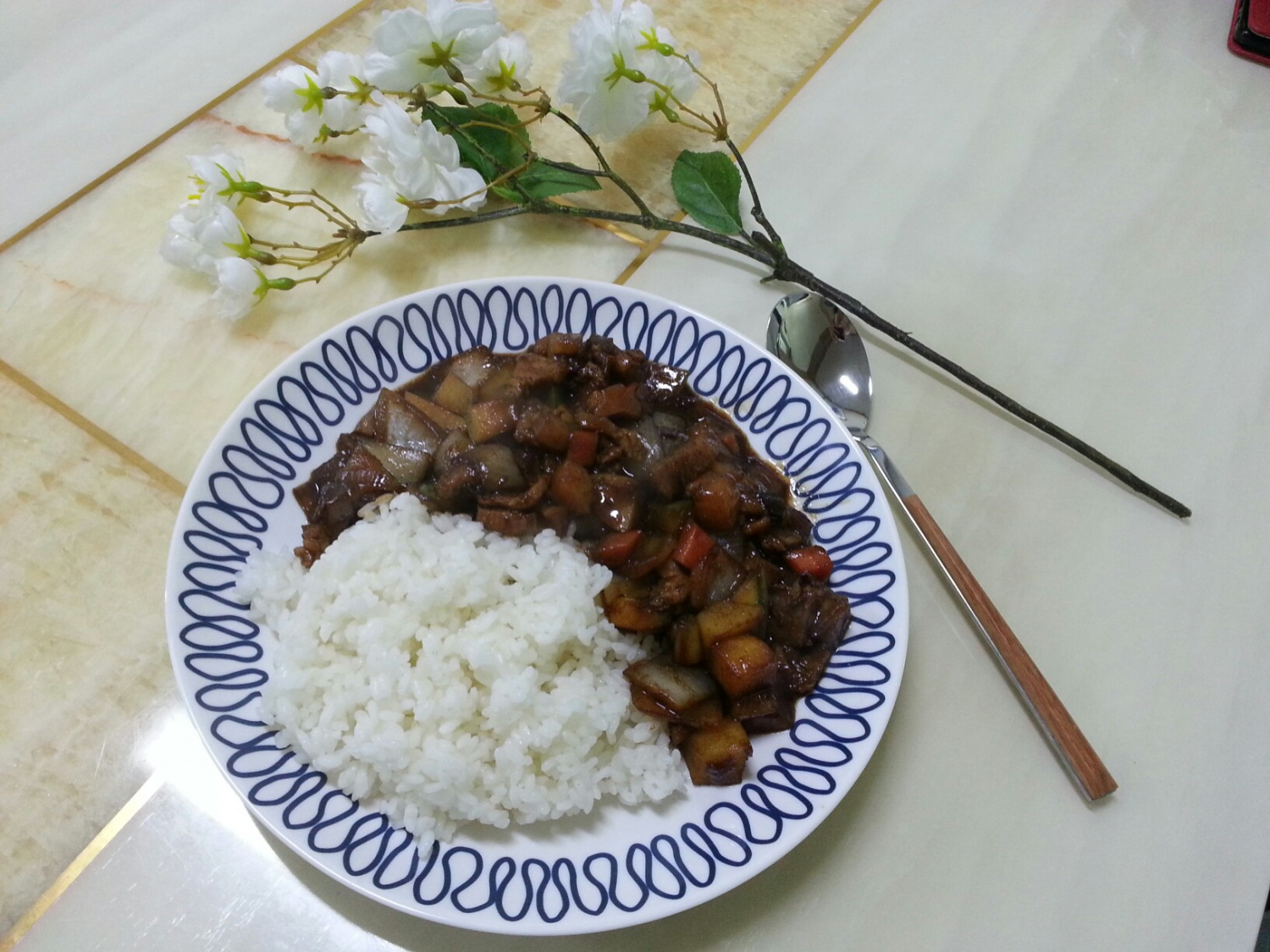Hearty Jjajangbap with Plenty of Vegetables
How to Make Delicious Jjajangbap at Home

A satisfying meal for the whole family! Introducing our golden recipe for homemade Jjajangbap, packed with vegetables for a healthier twist and rich with meat for incredible flavor. Enjoy a taste that rivals restaurant-quality dishes right in your own kitchen!
Main Ingredients- Pork 340g (ground or finely diced)
- Onions 2 (medium size)
- Potatoes 2 (medium size)
- Carrot 1/4
- Zucchini 1/3
- Scallions 2 stalks (white parts mostly)
- Vegetable oil 2 cups (for frying the black bean paste)
Seasonings & Sauce- Soy sauce 1/4 cup
- Sugar 1/3 cup
- Oyster sauce 1 Tbsp
- Chunjang (fermented black bean paste) 300g (for stir-frying)
- Soy sauce 1/4 cup
- Sugar 1/3 cup
- Oyster sauce 1 Tbsp
- Chunjang (fermented black bean paste) 300g (for stir-frying)
Cooking Instructions
Step 1
First, prepare the vegetables that will add depth to the Jjajang sauce. Dice the onions into roughly 1cm pieces or slice them. (You can adjust the size to your preference.)

Step 2
Dice the potatoes into similar 1cm pieces, matching the onion size. Consistent potato size is important as they take longer to cook.

Step 3
Dice the carrot into 1cm pieces as well. Carrots add color and a pleasant crunch.

Step 4
Dice the zucchini into 1cm pieces. Zucchini adds a soft texture to the sauce.

Step 5
Finely chop the white parts of the scallions. These will be used to create fragrant scallion oil. (About 1cm in length).

Step 6
Cut the pork into bite-sized pieces (about 1-1.5cm). Ground pork can also be used.

Step 7
In a deep pan or wok, heat 2 cups of vegetable oil over low heat. Add the 300g of chunjang and fry it, stirring occasionally, for 3-5 minutes until it becomes fragrant. This step is crucial for developing the rich flavor of the Jjajang sauce. Ensure it doesn’t clump by stirring continuously.

Step 8
Once the chunjang is fried, strain it using a sieve to separate it from the oil. Reserve the strained oil; you’ll need about 2-3 tablespoons of it later. Discard any excess oil.

Step 9
In a clean pan, heat the reserved chunjang oil (or 2-3 Tbsp of fresh vegetable oil) over medium-low heat. Add the chopped scallions and gently sauté until fragrant to make scallion oil. Once the scallions are aromatic, add the pork and stir-fry over high heat until the pink color disappears. Pour in the 1/4 cup of soy sauce and continue to stir-fry, allowing the flavors to meld.

Step 10
Once the pork is partially cooked, add the 1/3 cup of sugar. Stir-fry with the pork until the sugar dissolves and coats the meat, creating a glossy finish.

Step 11
Now, it’s time to add the harder vegetables. Add the potatoes and carrots first.

Step 12
Sauté the potatoes and carrots for 1-2 minutes, then add the onions and zucchini. Continue to stir-fry until all the vegetables become slightly translucent.

Step 13
When the vegetables are lightly sautéed, add 1 Tbsp of oyster sauce and stir everything together well. Ensure the oyster sauce is evenly distributed among the vegetables and meat.

Step 14
Add the fried chunjang back into the pan. Mix it thoroughly with the vegetables and meat. Break up any clumps of chunjang to ensure a smooth sauce.

Step 15
If the vegetables have released enough moisture, you might not need to add extra water. However, if the sauce seems too thick or watery, add about half a cup of water (using a standard paper cup measure) to achieve your desired consistency. Once everything is well combined and the sauce has thickened, your delicious Jjajang sauce is ready! Serve generously over warm rice for a delightful Jjajangbap.



